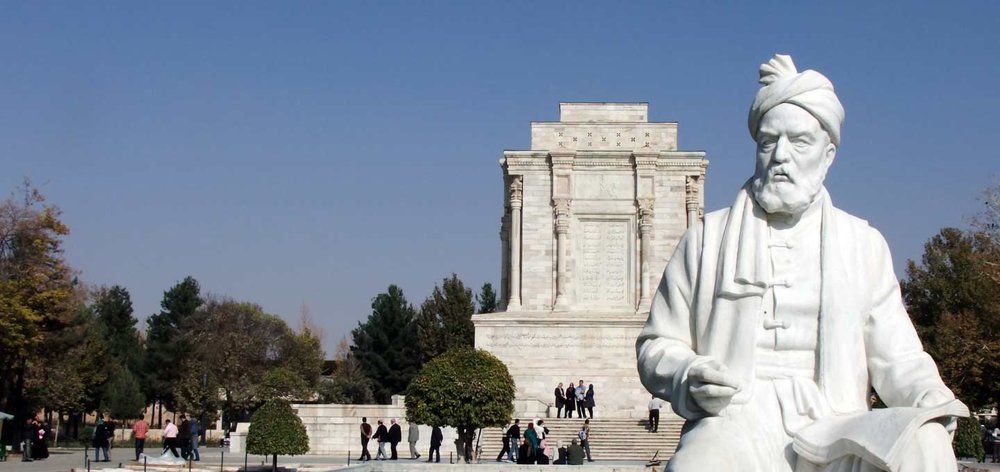In praise of Noruz: A glimpse at myths encircling Iranian New Year

Like many other ancient traditions, Noruz is associated with heroes of myths and legends that revolve around such a cherished festival in the Persian calendar.
Ferdowsi (940–1020 CE), an illustrious Persian poet, in his book Shahnameh (a long epic poem translated as the Book of Kings) dates Noruz as far back to the reign of Jamshid, who in Zoroastrian texts saved mankind from a harsh winter that was destined to freeze the planet.
The mythical Persian King Jamshid perhaps symbolizes the transition of the Indo-Iranians from animal hunting to farming livestock, the base of modern civilization.
In both Shahnameh and Iranian mythology, he is credited with establishing of Noruz. In the Shahnameh, Jamshid constructed a throne studded with gems. He had demons raise him above the earth into the heavens; there he sat on his throne like the sun shining in the sky. The world’s creatures gathered in wonder about him and scattered jewels around him, and called this day the New Day or Noruz.
The 10th century Persian scholar Abu Rayhan Biruni, in his work ‘Kitab al-Tafhim li Awa’il Sina’at al-Tanjim’ provides descriptions of the calendars of various nations. According to him, “It is the belief of the Persians that Noruz marks the first day of the beginning of the universe.”
Experts say of all the ruins of Persepolis, the palace of Apadana and the Hundred Columns Hall were built for the specific purpose of celebrating Noruz.
Although, there may be no mention of Noruz in recorded Achaemenid inscriptions, there is a detailed account by the Greek historian Xenophon of the celebration that took place in Persepolis and its continuity to the Achaemenid period, 550-330 BC.
Noruz was the holiday of the Arsacid (Parthian) dynastic Empires who ruled Iran from 248 BC to 224 CE.
Extensive records on the celebration of Noruz appeared following the accession of Ardashir I of Persia, the founder of the Sassanid dynasty (224-651 CE). Under the Sassanid emperors, Noruz was celebrated as the most important day of the year. Most royal traditions of Noruz such as royal audiences, cash gifts, and the pardoning of prisoners, were established during the Sassanian era and have resisted unchanged until modern times.
Even the Turkic and Mongol invaders did not attempt to abolish Noruz in favor of another celebration. Thus, Noruz remained as the main celebration in the Persian lands by both the officials and the people.
Noruz is still a long-awaited moment for Iranians and many in the Northern Hemisphere who usher in spring by adorning their homes with colorful decorations.
PHOTO: A view of Ferdowsi mausoleum in Tus, northeastern Iran. A massive statue of the renowned Persian poet is seen in the foreground.
AFM/MG
